Amazon "sea monster" revives in nature
Arapaima gigas - or the Amazon's native elephant fish, a giant monster with incredible abilities - was overfished but is now rebounding thanks to conservation efforts.
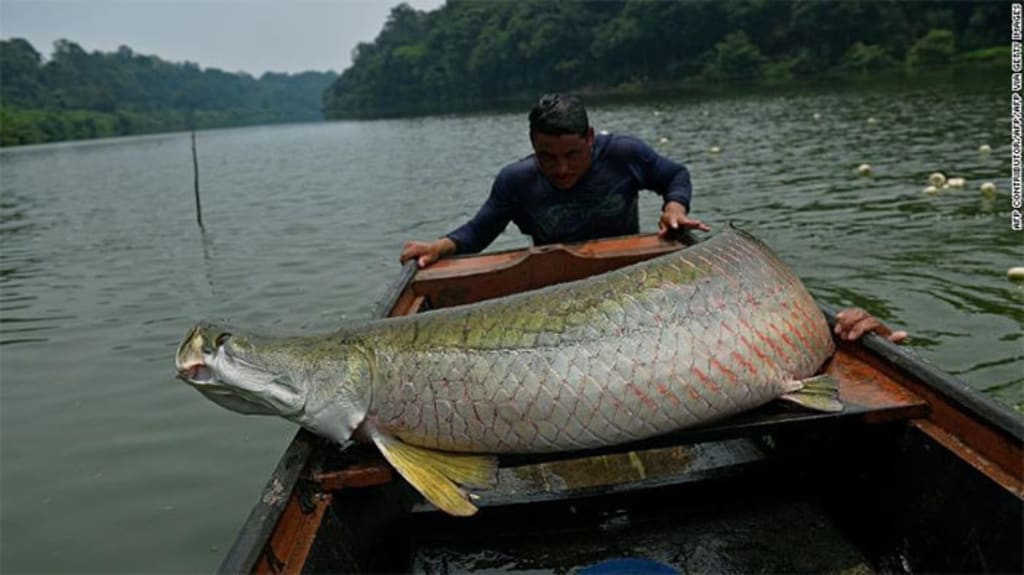
In the world of fish, the Arapaima , also known as the Arapaima fish , possesses quite extraordinary abilities. Living in the Amazon River basin, they are one of the largest freshwater fish in the world. Arapaima fish can grow up to 3m long and weigh up to 200kg.
These fish breathe air, which allows them to live in oxygen-poor water and survive a day without water at all. They eat fish, but also birds, lizards, and small mammals. The arapaima crushes its prey with its toothy tongue.
Evolution has not only endowed this fish with a deadly jaw, but also with tough scales that researchers have compared to a bulletproof vest. These scales protect it from piranha attacks.
Tough yet flexible and resilient, this characteristic of the arapaima even caught the attention of the US Air Force.
Arapaima are the destroyers of the animal kingdom, but they also have a fatal flaw: they are delicious. Known locally as Pirarucu , they are known as the “cod of the Amazon” thanks to their firm flesh and few bones. The fish are an important source of food for local communities, but are also prized by gourmets in some of Brazil’s largest cities.
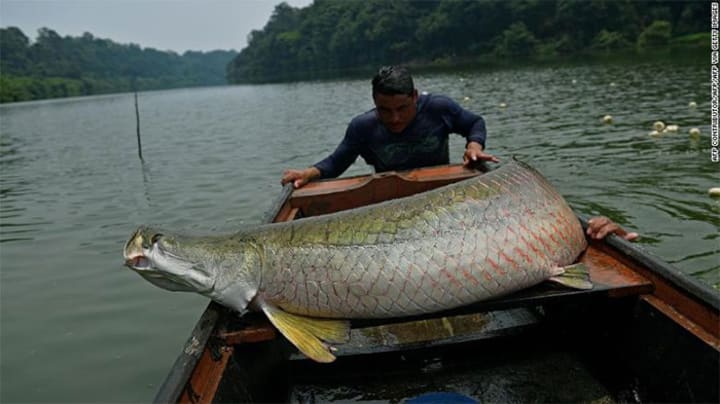
Fishermen load an arapaima onto a boat in the Western Amazon near Volta do Bucho in the Ituxi reserve on September 20, 2019
Overfishing has led to a sharp decline in the number of arapaima, and protection measures and hunting bans have been in place since the 1990s. However, illegal hunting continues, causing the species to completely disappear from some areas of the Amazon.
However, thanks to two decades of efforts from conservationists and local residents, the problem is improving, according to CNN.
Moreover, the arapaima is not disappearing from the diet. In fact, its consumption is so important that it fits into the conservation model of the species. This means that Brazilians will continue to enjoy it.
Rescue the giant "sea monster"
Fishing for the Arapaima is currently banned in Brazil, except in designated areas with legal community management, explains João Campos-Silva, a Brazilian environmentalist with the Institutio Juruá, an organization that works with local residents and fishermen to promote sustainable fishing and the recovery of the fish.
During the wet season, the arapaima spends all its time migrating through the flooded forests where it breeds, returning to the lake area when the water level drops.
One program – focused on the Juruá River and surrounding lakes in the northern Amazonas region of Brazil and launched by the Instituio Juruá more than a decade ago – surveys annual fish populations and calculates appropriate harvests per fishing season for each lake for the following years (no more than 30% of adult fish should be harvested, depending on government guidelines).
Local communities guard the entrance to the lake all year round to protect it from poachers. Fishing is only allowed between August and November, and any fish smaller than 1.55 m are released back into the water.
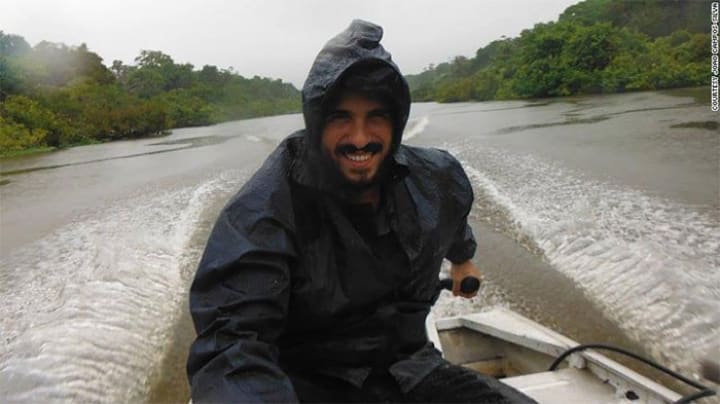
João Campos Silva on a river in Amazonas state, Brazil.
Francisco das Chagas Melo de Araújo, also known as Seu Preto, is a community leader from Xibauazinho, one of the first areas to implement a conservation plan.
“Before the arowana population control order, we had no power to preserve the lake area. Commercial fishermen came in and took over the fish,” he explained. “Our lakes were completely depleted and the arowana was declared extinct.”
After about 11 years of management, he said there are now more than 4,000 arapaima in lakes in the area.
Campos-Silva’s research on lakes around the Juruá River during the same period found that the population of arapaima had increased nearly fourfold. As their numbers grew, the arapaima migrated to new lakes, expanding their range. He estimates that there are now about 330,000 arapaima living in more than 1,358 lakes in 35 protected management areas, with more than 400 local communities responsible for their management.
Income from fishing and fishing by local communities is “helping to contribute to society ,” he said. Investment in schools and infrastructure, social security and health care is increasing, as is anti-gender sentiment.
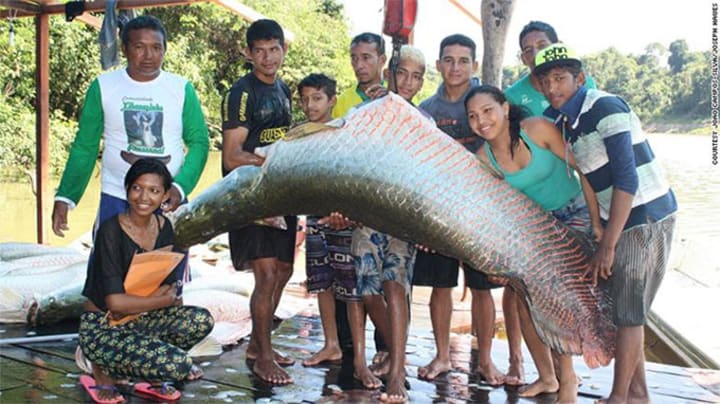
Francisco das Chagas Melo de Araújo, also known as Seu Preto (back left), a community leader from the state of Amazonas, with a planned catch of an arapaima.
"Helping communities become stronger"
Raimunda Pires de Araújo, Seu Preto's daughter, said she used to have no means of earning an income. Now she is responsible for processing and cleaning the fish caught, and earns an income from this work. “These lucky opportunities that have come up give us more confidence to stand up and fight for a better life ,” she said.
“Our work is recognized nationally and internationally, which makes us feel proud and honored to receive recognition and respect from the community and other organizations,” her father said. “Now we have the opportunity to help other communities become more confident and stronger.”
What about illegal fishing? “Get organized and do your job better.”
Preto says illegal fishermen should join legal fishing programs and start hunting for nature reserves: “The greatest pride you will have is to fish without anyone taking it away.”
Campos-Silva hopes that the positive results of the conservation program will encourage more communities to get involved and help protect the Amazon's wild environment.
“We are facing a massive decline in vertebrate populations ,” he said. “We have a lot of positive and promising results that we can do.”
About the Creator
Ken Daklak
Telling stories my heart needs to tell <3 life is a journey, not a competition
If you like what you read, feel free to leave a tip,I would love some feedback
https://vn.shp.ee/Dxiezi6
Enjoyed the story? Support the Creator.
Subscribe for free to receive all their stories in your feed. You could also pledge your support or give them a one-off tip, letting them know you appreciate their work.


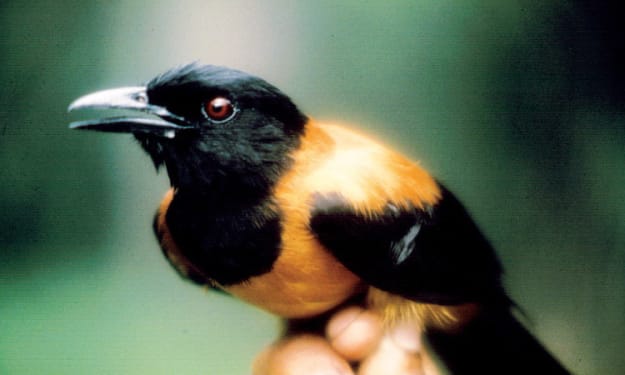


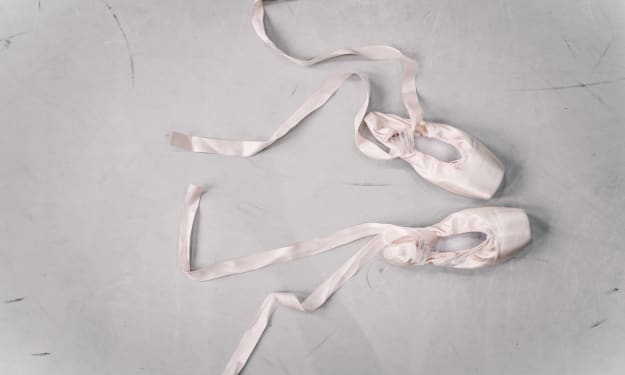
Comments
There are no comments for this story
Be the first to respond and start the conversation.